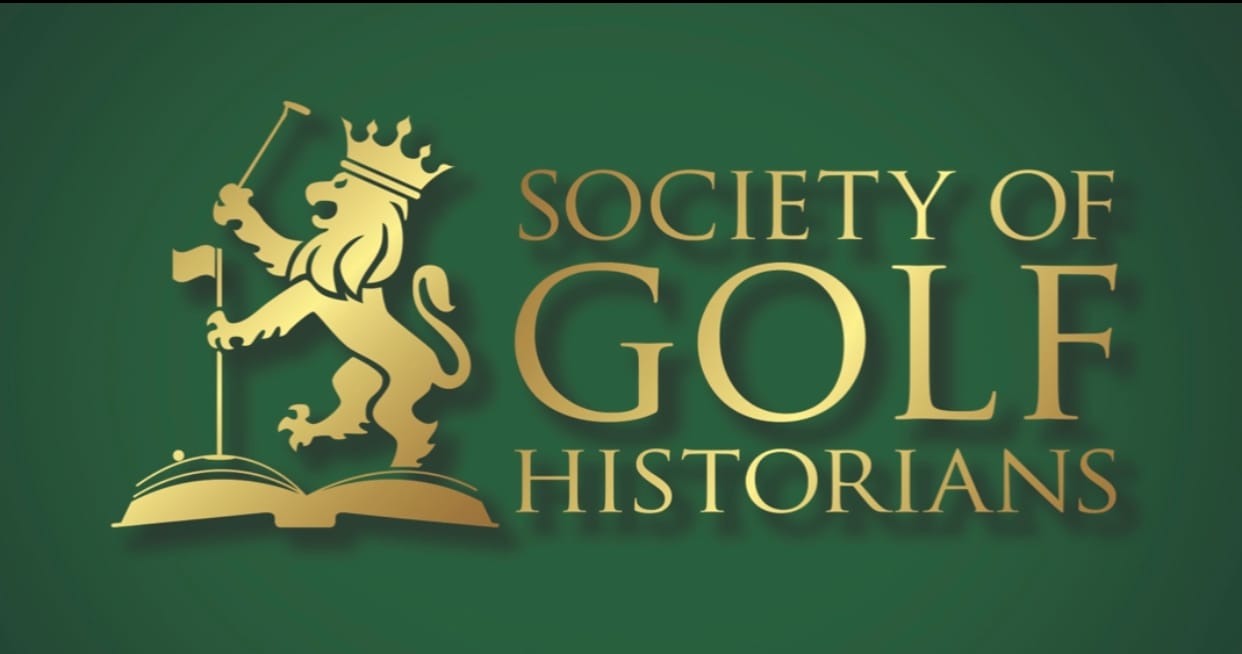- THE SOCIETY Newsletter
- Posts
- The SOCIETY Newsletter #92
The SOCIETY Newsletter #92
A Special Thanks to Spalding
A Special Thanks to Spalding
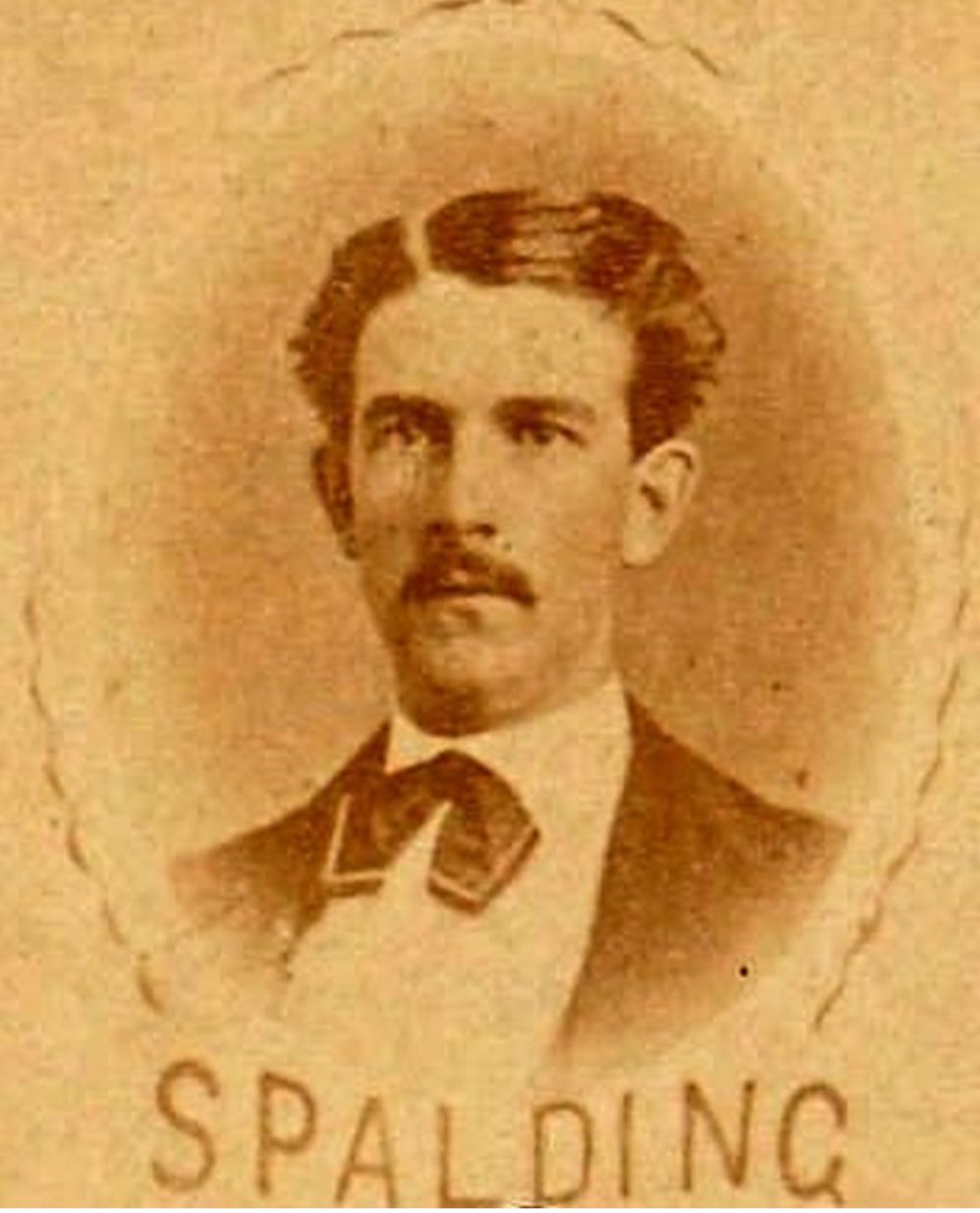
How One Sporting Goods Company Helped Build Golf in America
There are a few moments in golf history where commerce and culture intersect so perfectly that they alter the course of the game forever. One of those moments began not on a windswept links in Scotland or a manicured fairway in New York — but in the mind of Albert Goodwill Spalding, a former baseball pitcher turned sporting goods magnate, who saw a future where golf might just capture the imagination of an entire nation.
The Spark of a Movement
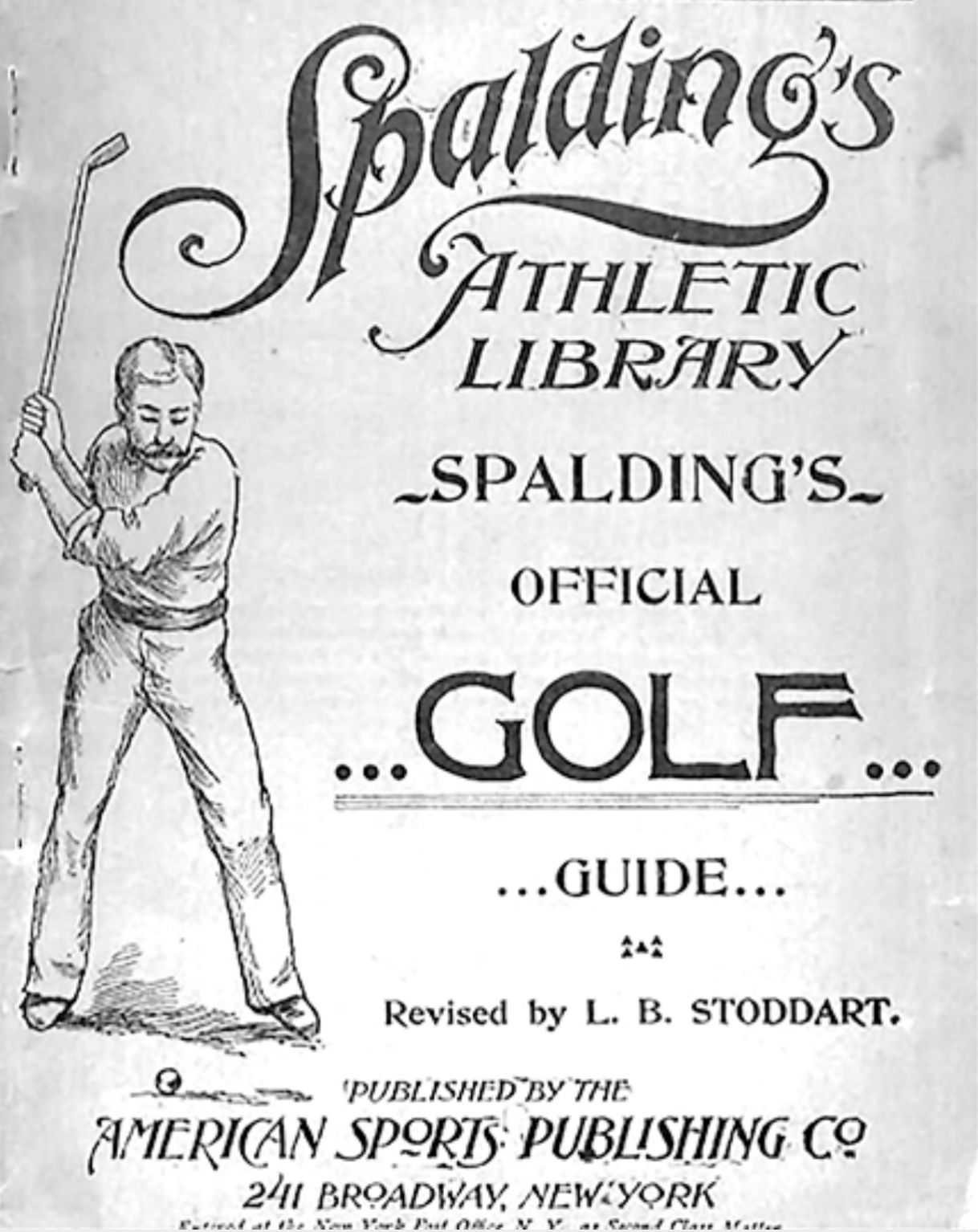
By the late 1890s, golf in the United States was little more than an imported curiosity. A handful of private clubs dotted the Eastern Seaboard — places like Newport, St. Andrews (NY), and Chicago Golf Club — catering to a niche group of Anglophiles and returning travelers who had fallen in love with the game overseas.
But Spalding saw something more. His company already dominated baseball, tennis, and cycling — and he understood the formula: if you could equip, educate, and inspire the public, you could build a sport from the ground up.
He believed golf could be the next great American pastime.
Teaching America How to Swing
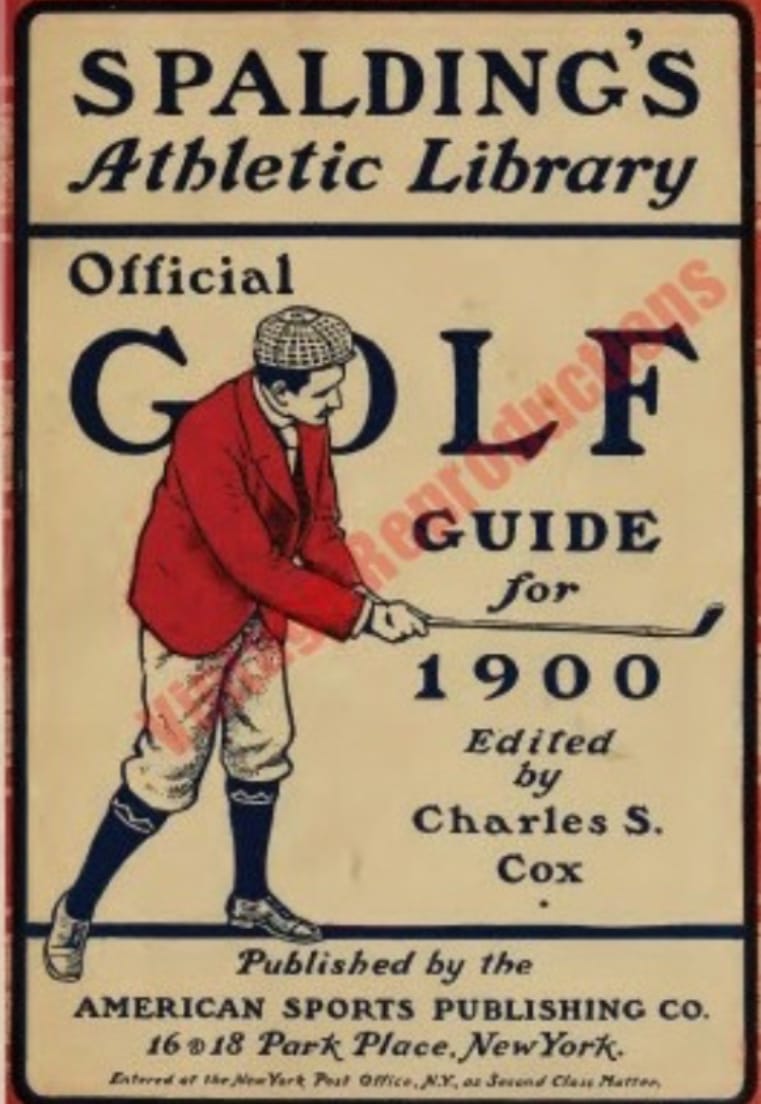
To turn curiosity into commitment, Spalding began investing in golf professionals — many from Scotland and England — who could teach the game properly. He published Spalding’s Official Golf Guide, one of the first instructional manuals in the U.S., and supplied clubs and balls to country clubs and city parks alike.
The company understood that the greatest barrier to golf’s growth wasn’t equipment — it was education. Americans needed to learn the game’s fundamentals, its etiquette, and its charm.
So Spalding became not just a manufacturer, but a missionary for golf.
Building the Game, One Course at a Time
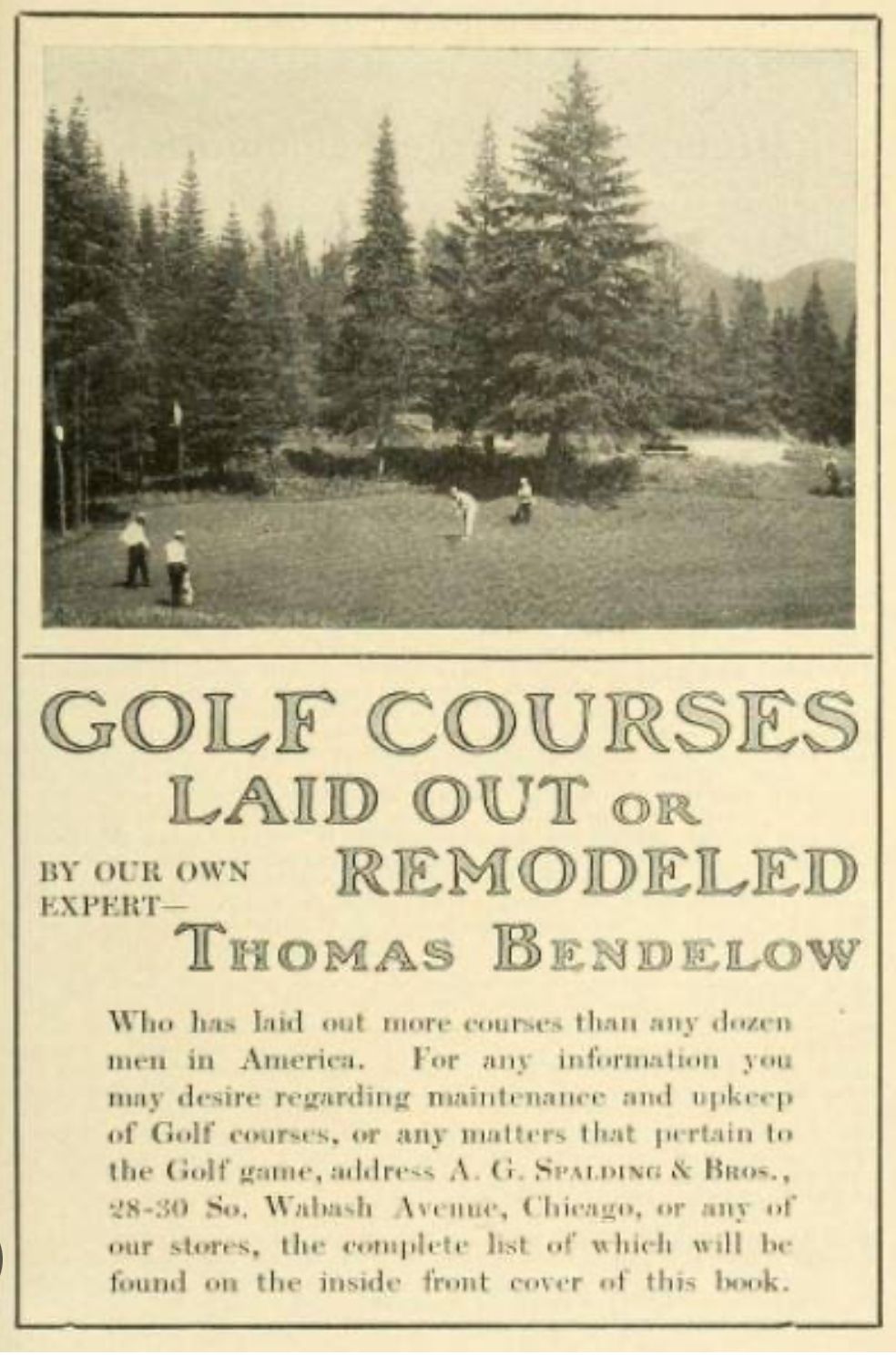
Spalding didn’t just sell products — they promoted the very places where golf could be played. The company’s catalogues and advertisements often included suggested course layouts, descriptions of hazards, and tips for would-be club founders.
They even assisted in designing and financing early public courses — making golf accessible to a new, middle-class audience.
In an era when the game was still considered a sport of leisure for the elite, Spalding’s approach was quietly revolutionary.
The Birth of a Golf Empire
By 1900, A.G. Spalding & Bros. was the largest sporting goods company in America — and arguably, the first true golf conglomerate. They manufactured everything from golf clubs and gutta-percha balls to bags, shoes, and even the now-famous Spalding “Vardon Flyer” ball.
Golf was no longer a novelty. It was an emerging industry. And at the center of that transformation was Spalding — a company that treated golf not as a fad, but as a foundation.
The Tour That Changed Everything
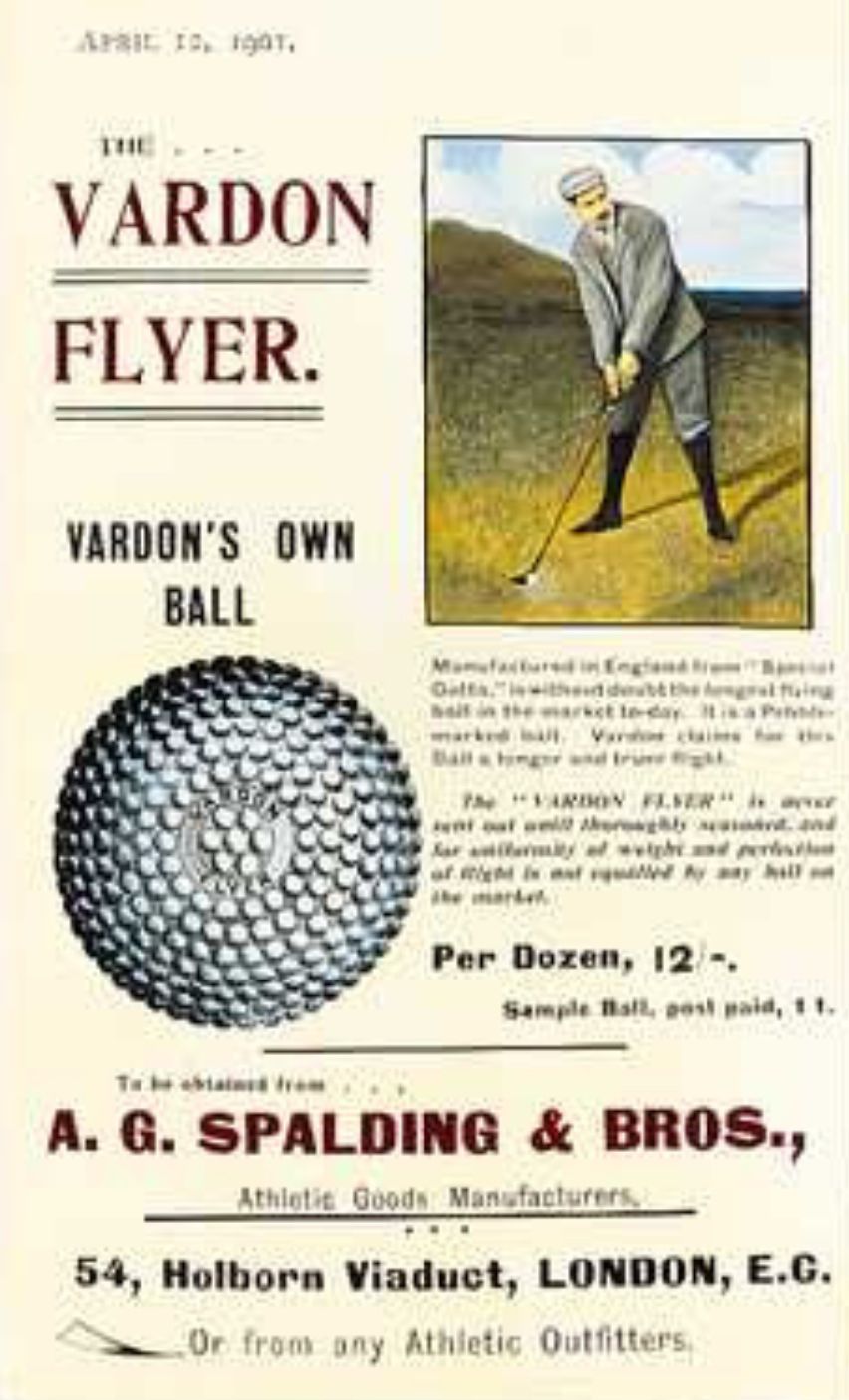
Then came the masterstroke — the Harry Vardon Tour of 1900.
To promote their growing golf line, Spalding invited the reigning British Open Champion, Harry Vardon — the “Stylist from Jersey” — to embark on a months-long exhibition across America. The tour stretched from New York to California, with stops in major cities and clubs across the nation.
For thousands of Americans, it was the first time they had ever seen world-class golf played live. Newspapers covered his every round. Crowds followed him hole to hole, marveling at his effortless rhythm and otherworldly control.
Vardon wasn’t just playing exhibitions — he was evangelizing for the game. And Spalding, ever the marketer, made sure every swing carried their brand name with it.
When Vardon finally arrived at Chicago Golf Club for the U.S. Open that October, the crowds were immense. His victory wasn’t simply a personal triumph — it was a national moment.
Vardon won with Spalding clubs in hand, completing a story that felt almost scripted: the world’s greatest golfer, using America’s first great golf brand, winning the country’s national championship.
A Legacy That Endures
Spalding’s sponsorship of the Vardon Tour was far more than a marketing campaign — it was the ignition of American golf culture. In its wake, club memberships surged. Equipment sales boomed. And a generation of new golfers began to see the sport not as a foreign import, but as part of the American fabric.
Within a decade, golf would spread from coast to coast, from private estates to public parks — and much of that momentum traced back to one visionary company that dared to invest in the dream.
Remembering the True Builders of the Game
Today, 125 years after that fateful tour, the name Spalding is more commonly associated with basketballs than with golf. But for those who study the game’s roots — for those of us who care about the architecture, the artistry, and the pioneers — the legacy of Spalding remains profound.
They helped teach us how to play, where to play, and perhaps most importantly — why to play.
So this week, we tip our cap to Spalding — to a company that didn’t just sell clubs, but sowed the seeds of a national passion.
A company that believed in golf before America did.
A company that made Harry Vardon a household name in the USA — and helped make golf an American game.
Thank you, Spalding!!!
The fairways of history remember you well.
HAVE YOU SIGNED UP FOR THE SOCIETY OF GOLF HISTORIANS ANNUAL MEETING AT BELLEAIR?
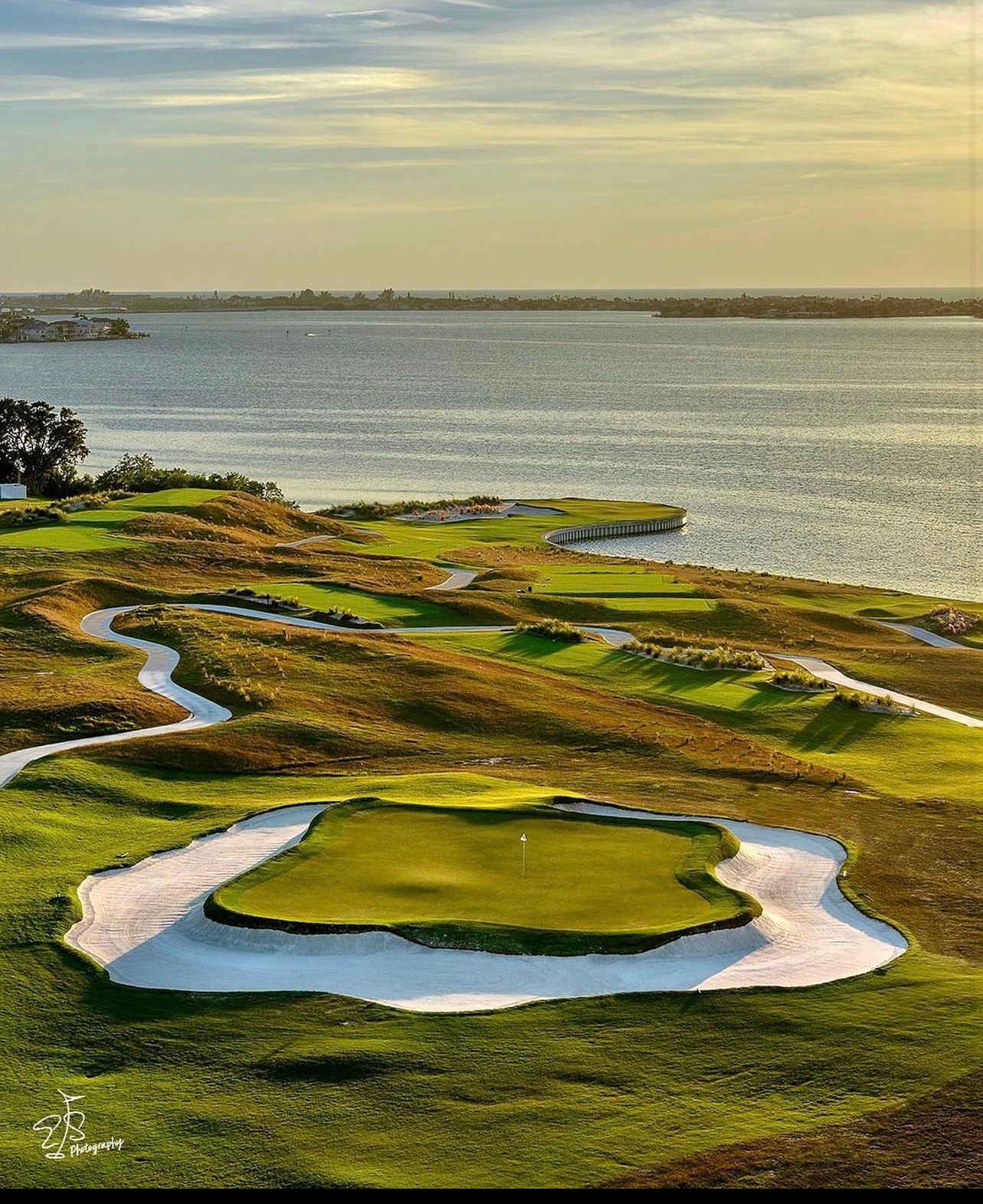
Photo by Evan Schiller
If you haven’t signed up for our annual meeting don’t delay much longer- we are already close to filling up all of our spots.
Play Belleair’s Top 100 ranked West Course
Dinner at Belleair Country Club
Speaker List: Stephen Proctor, the Historical Committee of Saint Andrew’s Golf Club & John Morton of Auld Grey Toun Books
Historical display from the Golffice
Non-Society of Golf Historian participants will receive a one year membership with registration.
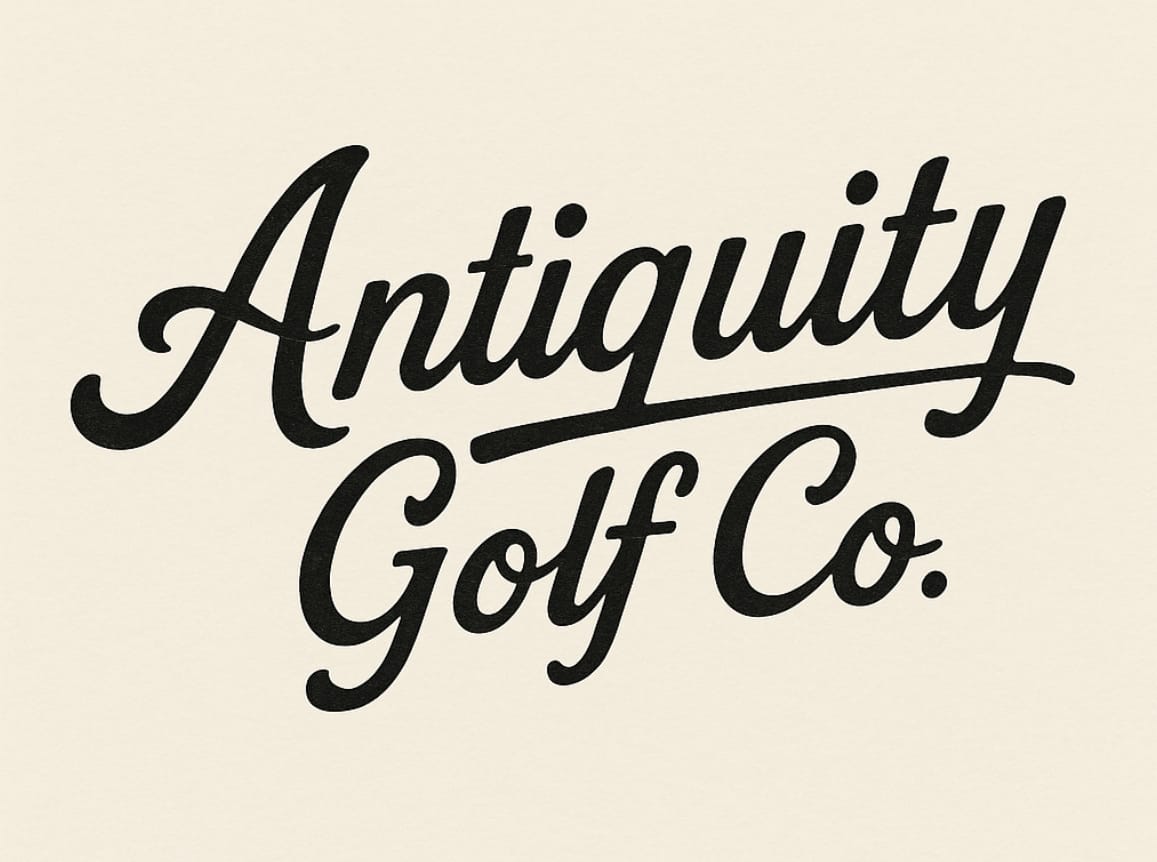
We started a company.
You asked for merchandise, and out of that request we started a company.
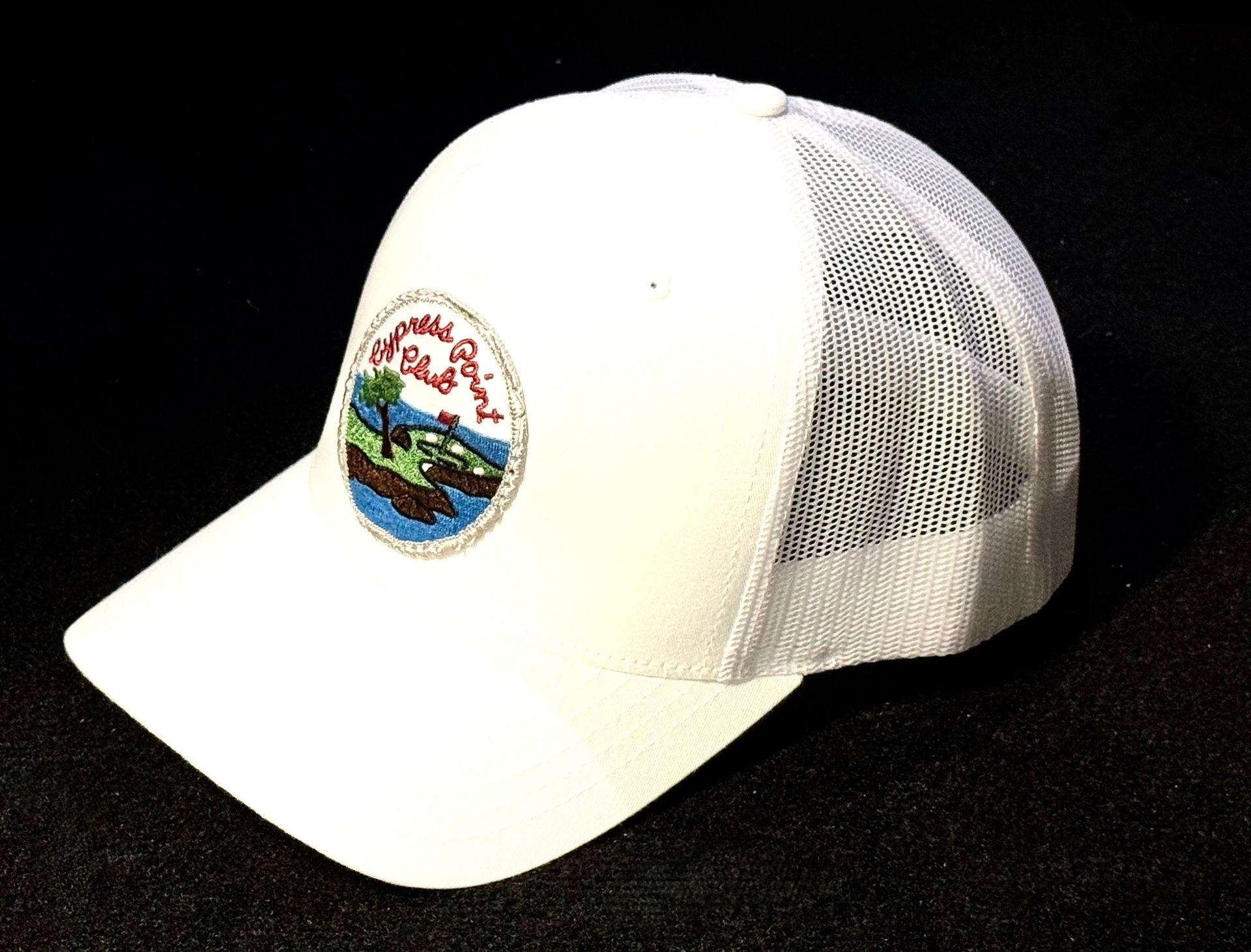
Vintage CPC Patch Hat
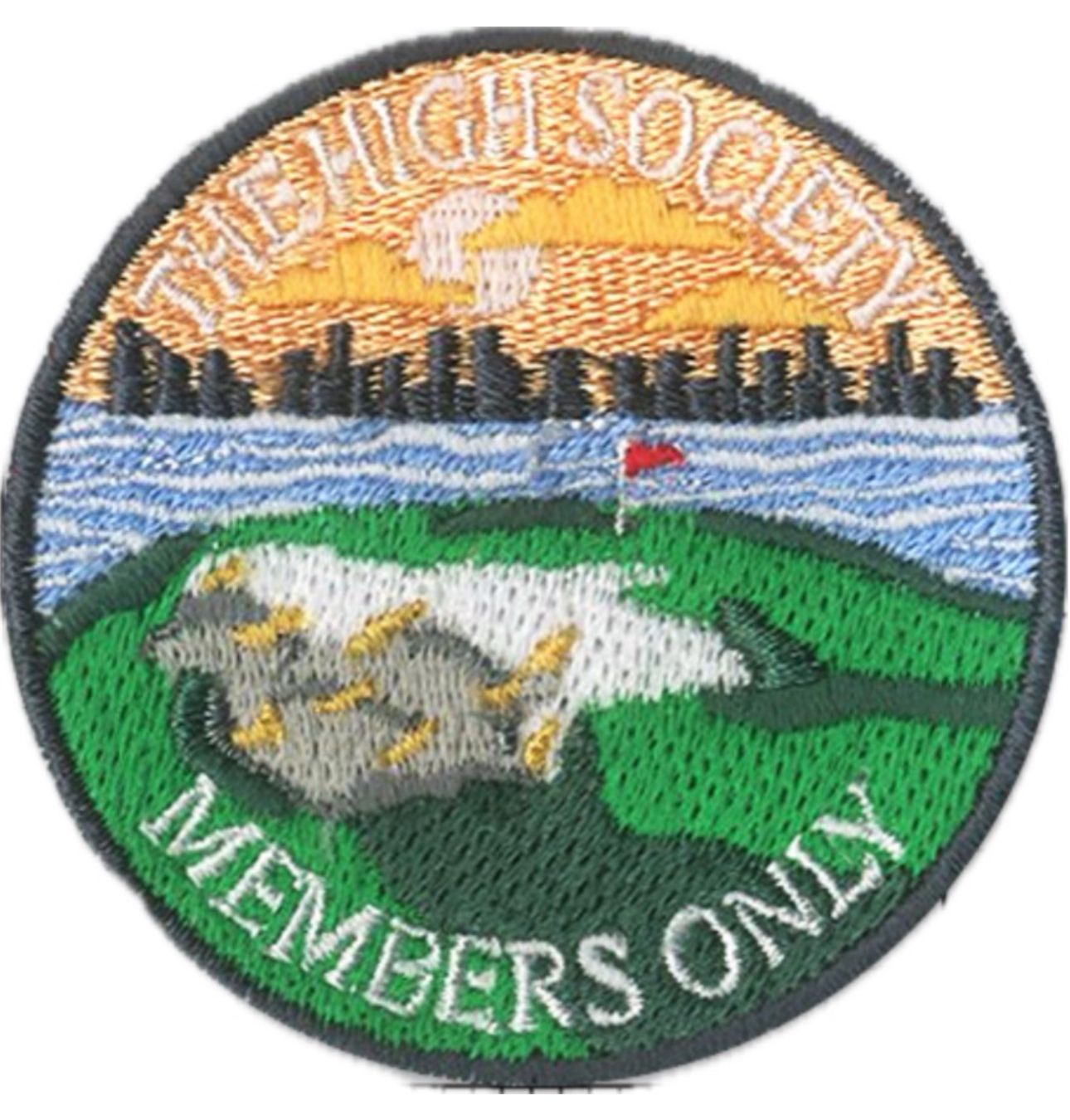
The High Society Tee Patch
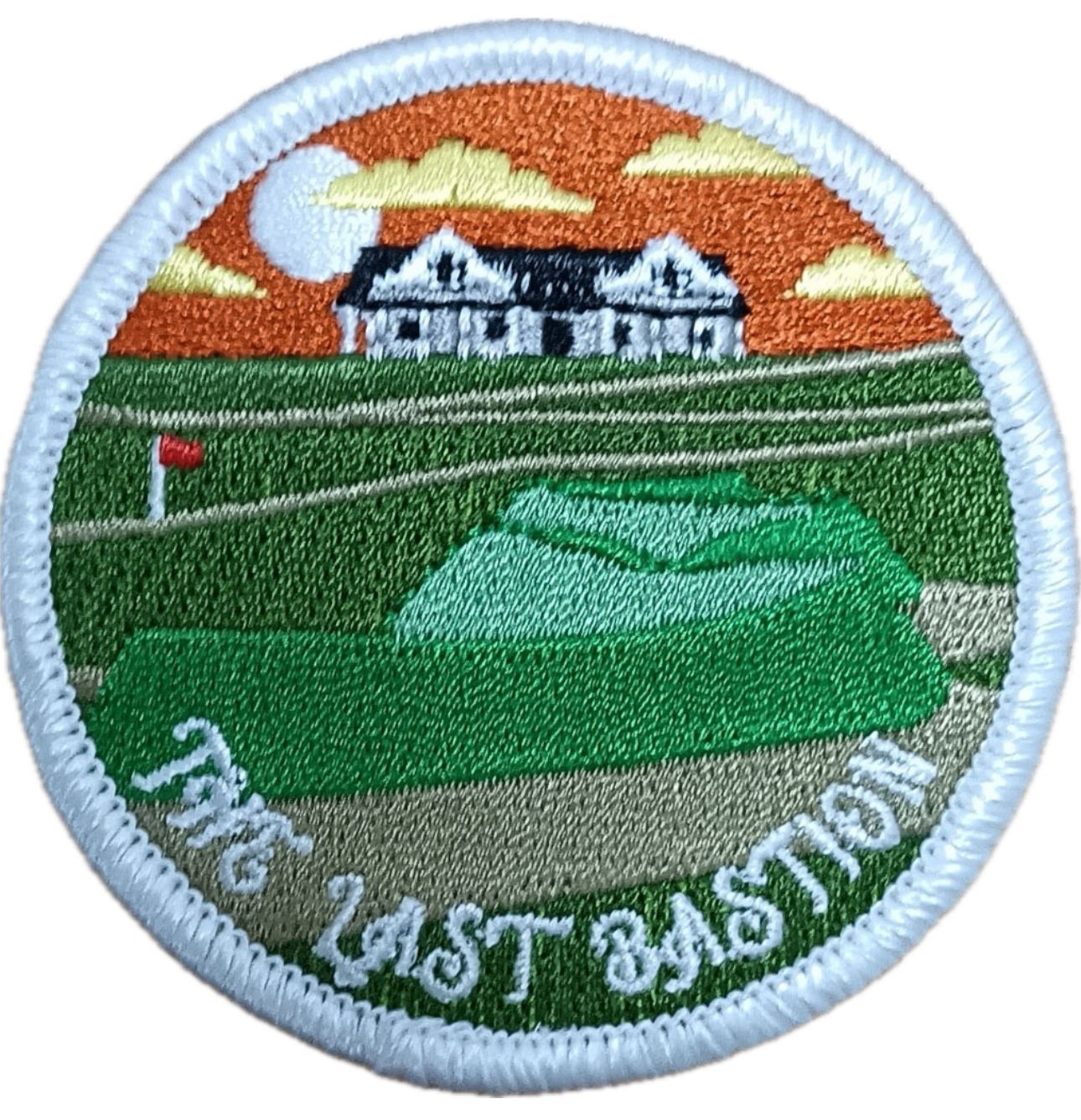
The Last Bastion celebrating the 1896 US Open

1929 Sand & Sea- Celebrating the 1929 US Amateur
This week we were commissioned to take on the design of a patch for Seth Raynor course.
A special thanks to those of you who have placed orders!!!
THANK YOU
Thank you for taking time out of your day to read our weekly newsletter. I can’t believe we are coming up on 100 issues!
